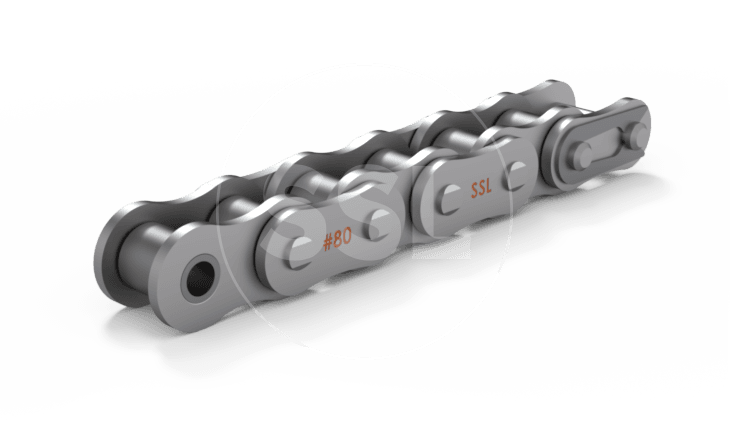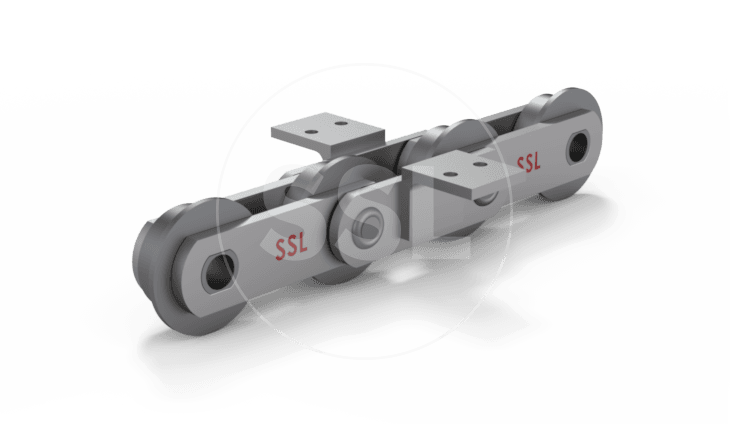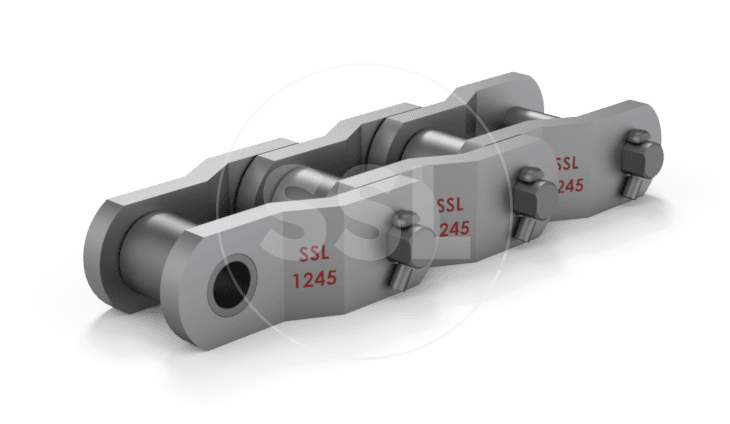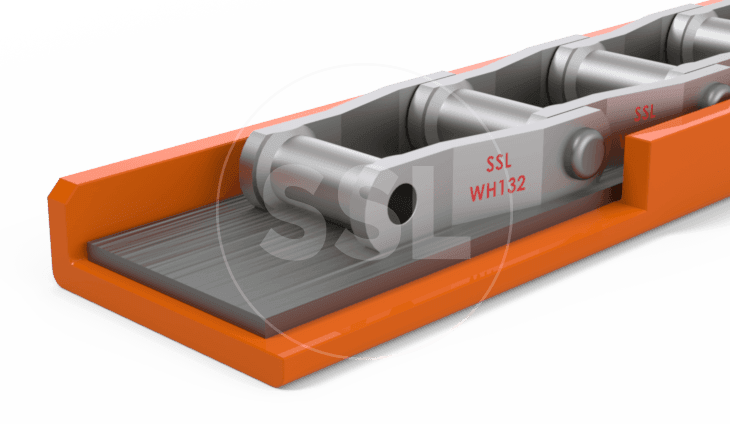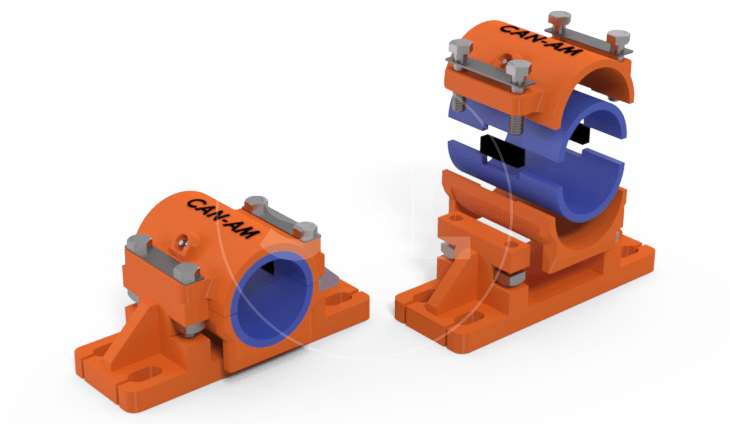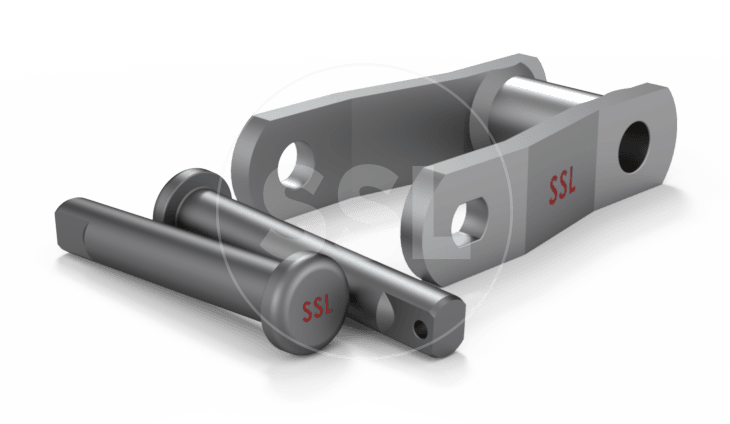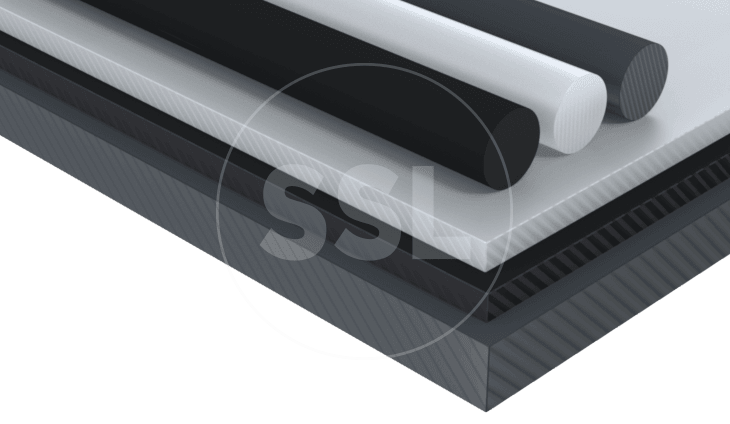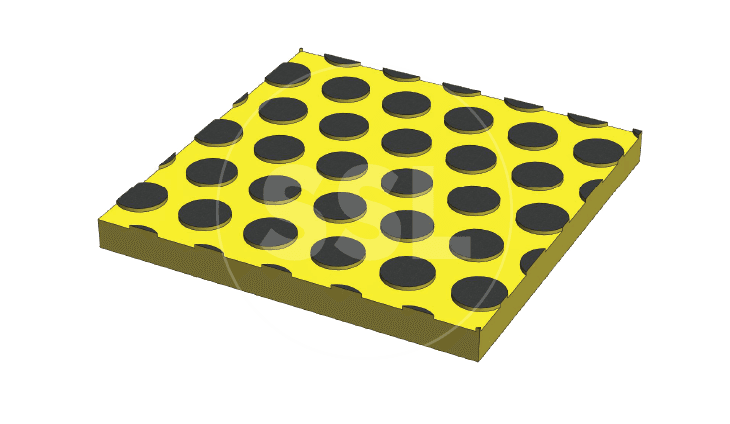PCTFE vs PTFE: What is the Difference?


What is PCTFE plastic?
PCTFE is a homopolymer of chlorotrifluoroethylene (CTFE), whereas PTFE is a homopolymer of tetrafluoroethylene.
The monomers of PCTFE differ from that of PTFE structurally by having a chlorine atom replacing one of the fluorine atoms. Hence each repeating unit of PCTFE have a chlorine atom in place of a fluorine atom.
This means PCTFE has less flexibility of its polymer chain and a higher glass transition temperature (softening point).
What are the properties of PCTFE?
PCTFE shows high compressive strength and low deformation under load.
PTFE has a higher melting point and is more crystalline than PCTFE, but PCTFE is stronger and stiffer.
Though PCTFE has excellent chemical resistance, it is still less than that of PTFE.
PCTFE has lower viscosity, higher tensile strength and creep resistance than PTFE.
PCTFE (originally known as Kel-F*) has many of the properties similar to other fluoropolymers such as PTFE, FEP or PFA.
PCTFE is mechanically superior in rigidity (does not deform easily), and has very low gas permeability.
Why use PCTFE?
Its dimensional stability makes it a attractive material for structural parts where high temperature and chemical resistance of fluoropolymers is required.
Have a look at these recent blog posts about our range of Nylon Plastics for Engineers, or our range of Acetal POM-C and POM-H.
Did you know we also supply medical grade plastics?
Download our Engineering Plastics brochure below.


